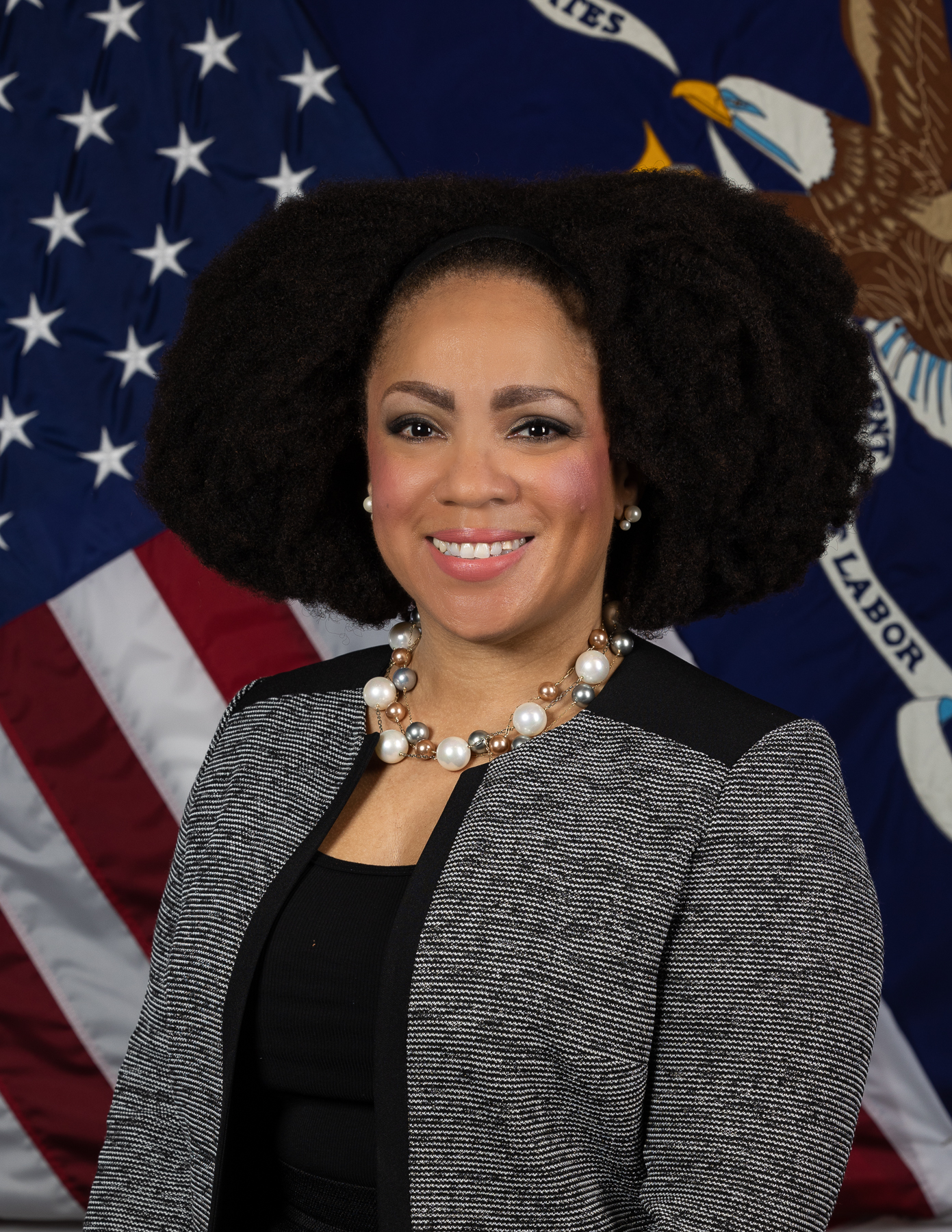
For many people work is about purpose through meaningful contributions in good jobs. For people in recovery from substance use disorder, such purpose can be a powerful driver of sustained sobriety. Every day, people in recovery contribute to our workforce in countless ways.
Workers in recovery come from a variety of backgrounds and workplaces in communities across America. At the U.S. Department of Labor, we’re committed to supporting all workers. While the department acknowledges National Recovery Month each September, we always make the effort to further highlight two important, intersecting truths: that substance use disorder is treatable, and that the workplace is a powerful avenue for support in recovery.
This is the premise behind the Recovery-Ready Workplace initiative, which our department was pleased to help spearhead last November, in support of President Biden’s National Drug Control Strategy. To further support the initiative, our Employer Assistance and Resource Network on Disability Inclusion (EARN) and Job Accommodation Network (JAN) have just published a new resource—Substance Use Disorder (SUD) in the Workplace—which contains a toolkit to help employers develop recovery-ready workplace policies, a guide for employers on supporting workers with SUD, and a companion guide for workers themselves.
What this new resource makes clear is that people with SUD may be protected under the Americans with Disabilities Act and Section 501 of the Rehabilitation Act (Rehab Act), and thus, entitled to accommodations to help them maintain recovery or stay productive while in treatment. JAN offers further guidance on common accommodations for people with dependence or addiction to alcohol and drugs.
We also encourage employers to make use of employee assistance programs (EAPs) to support workers in accessing the help they need. Today, EAPs help employees address a range of problems that may impact job performance, including mental health conditions and family or financial issues, and it bears mentioning that the earliest programs, started in the 1930s, were actually peer-to-peer efforts to address worker alcohol use.
Another important workforce support includes the Mental Health Parity and Addiction Equity Act (MHPAEA), which is enforced by our Employee Benefits Security Administration. This act supports treatment by requiring benefits for SUD to be no more restrictive than medical benefits: Any financial requirements (such as copays) or treatment limitations (such as restrictions on the number of visits) imposed on mental health or SUD benefits cannot be more restrictive than those applied to medical or surgical benefits. In other words, if a health plan offers SUD benefits, they must be on par with physical health benefits. On Sept. 9, 2024, the Biden-Harris administration announced a final rule reinforcing the MHPAEA and placing additional requirements on health plans to make it easier for people to access mental health and SUD care.
That’s because SUD is a health issue, and it’s in everyone’s interest to increase understanding, reduce stigma and support affected workers. To help, our Office of Federal Contract Compliance Programs (OFCCP) last year revised its Voluntary Self-Identification of Disability form, the form that federal contractors covered by Section 503 of the Rehab Act use to invite applicants and employees to self-identify as disabled. Self-identification not only helps workers get necessary accommodations, but also helps employers measure progress toward their disability hiring goals—and OFCCP’s revision now clarifies that SUD may be considered a disability.
Employment, support and recovery: These are three strong forces made more powerful when woven together. This National Recovery Month, I invite workers and employers around the country to learn more about supporting people with substance use disorder and their recovery—and the impactful role employment plays in the process.

 U.S. Department of Labor Blog
U.S. Department of Labor Blog